
Benefits and Policy changes
Five regions have introduced long-lasting policy changes
New management models to balance preservation and exploitation of protected areas (Natura 2000) has become a priority in most EU regions.
Protected areas are primarily defined to preserve biodiversity. This is undoubtedly their main goal.
Well managed, protected areas are an opportunity for green jobs creation.
However, this does not necessarily mean that they cannot host controlled, biodiversity-friendly, economic activities within and outside their boundaries. Well managed, protected areas are an opportunity for green jobs creation, with such activities as eco-tourism, outdoors sports or recreational fishing.
The video below tells the story of "The Amber Catcher", which was collected during the implementation of the IMPACT project. It portrays the description of a commercial activity developed inside a Protected Area that does not impact its natural values.
Some challenges are :
| IMPACT project aims at changing management policies in order to promote productive activities in and around protected areas without compromising biodiversity conservation. Interregional cooperation will help to achieve this goal. |
Through stakeholder groups meetings, interregional events, study visits and forums the potential of protected areas will be transformed into growth, income and green jobs in and around protected areas.
Natura 2000 sites could be turned around more sustainable and efficient if improved policy instruments and approaches are adopted.
€1,244,837.00
Environment and resource efficiency
IMPACT expected results and changes are, among others
The ROP ERDF 2014-2020 Andalucía final goal is to raise the numbers at work up to 3.000.000 people. Other intermediate targets in a range of policy areas (economy, environment and spatial planning, social and institutional) will contribute to attain that goal.
Partner 1 will address its Thematic Objective 6 “Preserving and protecting the environment and promoting resource efficiency”. Investment Priority 6.4 “protecting and restoring biodiversity and soil and promoting ecosystem services, including through Natura 2000, and green infrastructure". And specifically, the strategic line of action 6.9 “Investments to implement actions to minimise threats to protected areas and biodiversity preservation, particularly Natura 2000 Network”.
Those actions include preparation, implementation and monitoring of Sustainable Development Plans which are considered as the main planning tool for protected areas. They aim at setting out the strategic guidelines for sustainable economic growth and green employment creation as a result of exploitation of protected areas resources.
Andalusia has implemented 23 Sustainable Development Plans at an earlier stage, which are no longer operational because current socio-economic situation and challenges are very different. It is necessary to carry out a further appropriate diagnosis and planning. The exchange of experience will help introduce new ideas, approaches and methodologies into protected areas management and exploitation strategies.
The Thematic Objective TO-6 (Environment and Resource Efficiency) of the ERDF as the policy instrument to be addressed is related to the Baltic Sea Regional Cooperation Programme which supports the implementation of the EU Strategy for the Baltic Sea Region (BSR).
Relying on this priority, the objective of the above-mentioned action is to reduce key pressures on coastal nature and ecosystem services in Lithuania and in the EU “by stepping up efforts to fully implement existing EU nature legislation and anchor biodiversity objectives into key EU sectoral policies, including regional development.”
The main reason why this policy needs to be improved is its sectorality as it is split by different thematic objectives. The proposed elaboration of an innovative model-based action plan for protected areas will deliver a cross-sectoral policy toolbox comprising regional development and nature conservation, jobs and growth, and solutions for conflicts between the sectors.
Objectives:
The Regional Operational Programme ERDF/ESF aims to strengthen the coherence between investment and the structural reforms priorities and focuses on the need to promote growth and employment in order to achieve Europe 2020 strategy objectives
Characteristics:
The ROP ERDF/ESF is divided into 10 main axis. The project addresses the axis 5, namely the thematic objective “Safeguard the environment and promote efficient use of resources”
Priorities concerned:
Action 5.1.1- Interventions for the protection and enhancement of areas of natural attraction of strategic importance (protected earth and marine areas, protected landscapes) that will reinforce and promote the development process
Action 5.2.1 - Protection and enhancement of cultural heritage, tangible and intangible, in attractive areas of strategic importance as to consolidate and promote the development process
Action 5.3.1 - Support for the integrated use of cultural and natural resources and the promotion of tourist destinations
The policy instrument should be improved with the aim to enhance the strategic importance of the areas of natural attraction. The managing bodies in charge of protection and development will be able to exchange with their European counterparts their views about environmental policies, to achieve better results in the management of the areas through new guidelines and improved governance and to create new employment opportunities through increased tourism flows.
The Large Infrastructure OP 2014-2020 overall objective is to develop transport, environment and energy infrastructure, risks prevention and to promote sustainable economic growth and the efficient use of natural resources.
Protection of biodiversity through the development of management plans and investment in restoration and conservation actions.
Priority Axis 4: Environmental protection measures for biodiversity conservation, air quality monitoring and remediation of historically contaminated sites.
Priority Investment 6d: Protecting and restoring biodiversity and soil and promoting ecosystem services, including Natura 2000 and green infrastructure.
Measures concerned: Supporting the development and implementation of management plans for Natura 2000 sites and protected natural areas; development of general measures to promote SPA and SCI knowledge, monitoring and conservation; studies to ensure an appropriate level of knowledge and biodiversity monitoring and ecosystems.
The OP is geared towards the Europe 2020 objectives focusing on sustainable growth by promoting an economy based on low carbon consumption, energy efficiency, green energy, environmentally friendly transport and more efficient use of resources.
Romania has to actively promote measures to prevent biodiversity decline by implementing sustainable management models to Nature 2000 sites and natural protected areas and protecting biodiversity out of protected areas.
Main objective of the policy instrument to be addressed in Nord-Pas de Calais is to increase the adaptability of the region to change and a better image (axis 4).
Thematic Objective 6: To preserve and to promote environment and to sustain a rational use of natural resources. Priority (6d): To protect and restore the biodiversity and to increase the services with ecosystems and Priority (6c): To conserve, protect, promote and develop natural and cultural heritage.
The main reasons why this instrument should be improved are:
- To propose a global approach to promote sustainable development in protected areas.
- To increase the number of protected areas in Nord-Pas de Calais.
- To raise political and public awareness and mobilise people for biodiversity conservation in innovative models.
ENRx aims at maintaining and strengthening the relationship between man and nature to increase human involvement in biodiversity, find a balance between preservation and exploitation of protected areas and increase the quality and attractiveness of the region.
Protected areas play an important role in natural and cultural heritage protection. Nord-Pas de Calais PA’s represent 25% of the regional area. They are recognised by the Ministry and supported by the regional Council. It is important to involve the population and policy makers to work together in innovative models, as well regional schemes and special dissemination and awareness raising events.

Five regions have introduced long-lasting policy changes

Policy change carried out by Andalusian Regional Goverment consisting in the enhancement of the current Sustainable Development Plans (SDP).
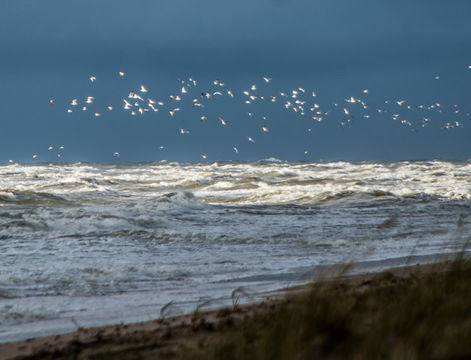
Based on IMPACT project experience, EUCC Baltic Office, Lituania, estabilshed new cooperation initiatives
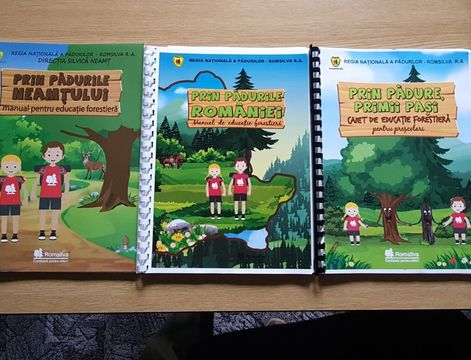
The interregional cooperation allowed to develop new educational programmes that benefit biodiversity conservation of Protected Areas in Romania.
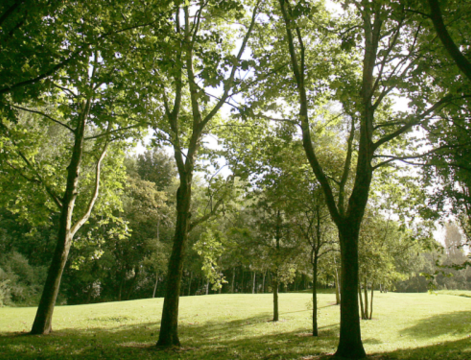
Une Million Trees to be planted in Hauts de France
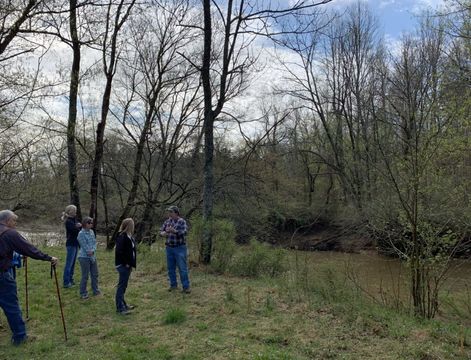
On 24 October 2019 between 14:00 and 15:30 (CET)
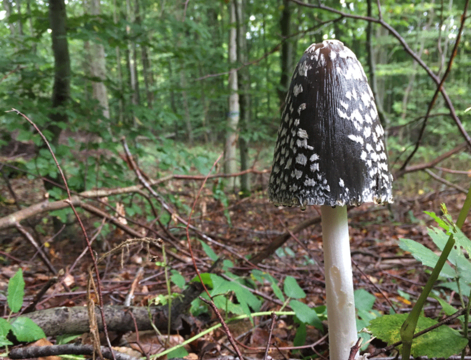
The Sonian Forest is located at the doors of Brussels.
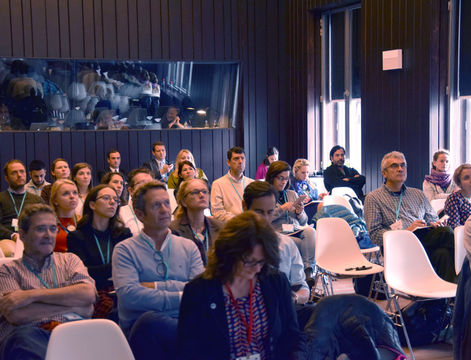
Workshop at the EU Week of Regions & Cities
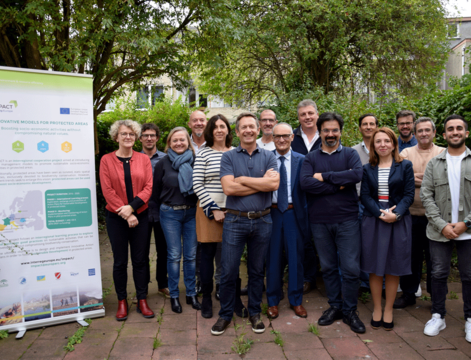
IMPACT project finishes in March 2020

IMPACT closing event, part of the European Week of Regions & Cities